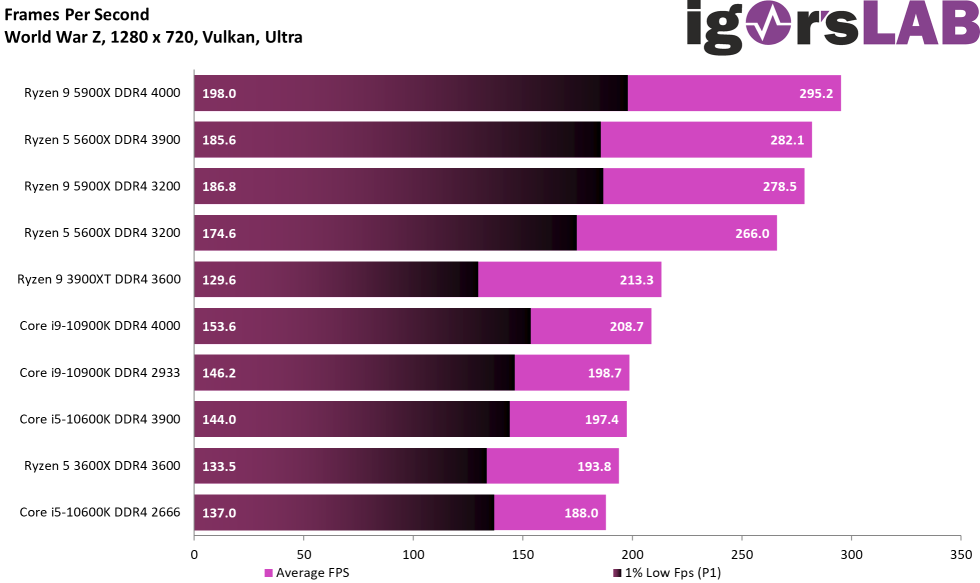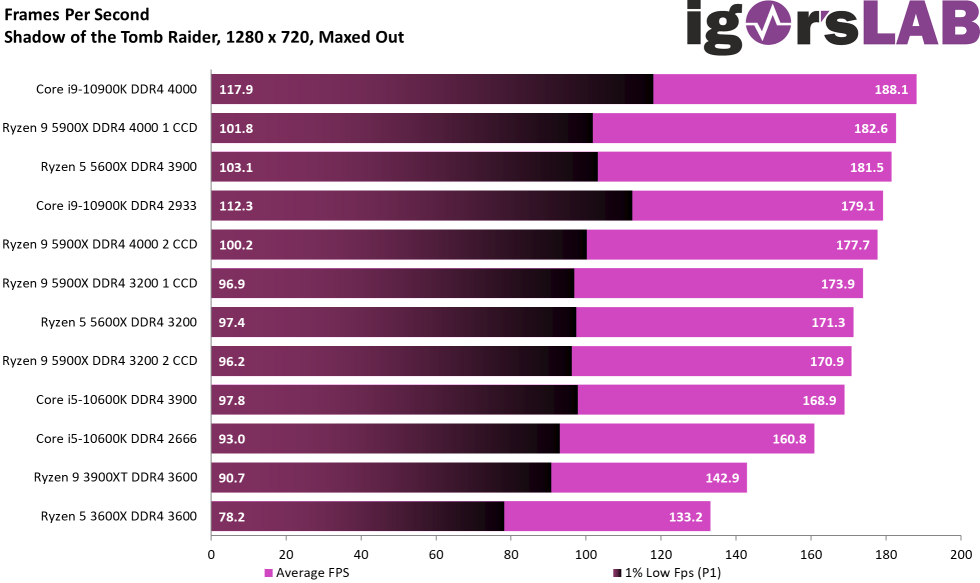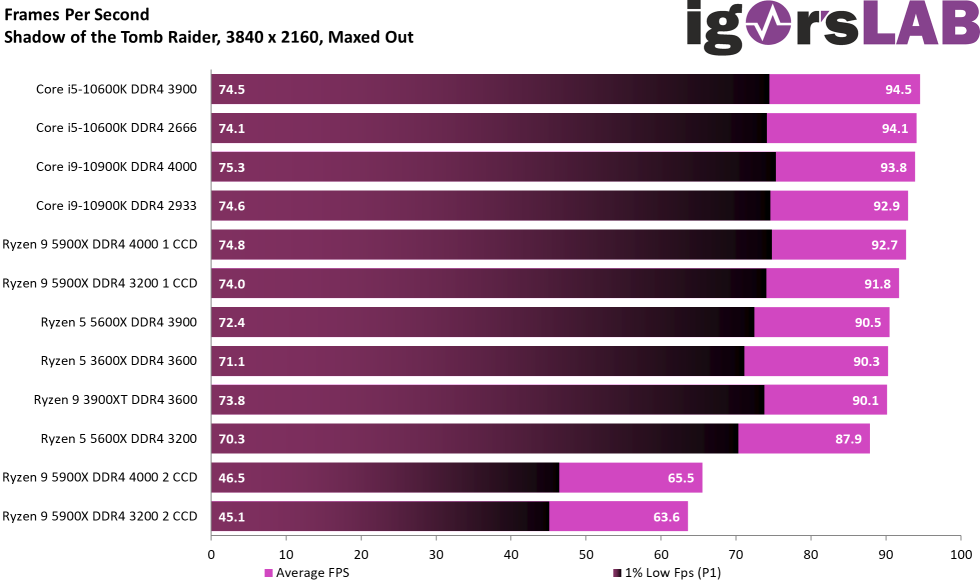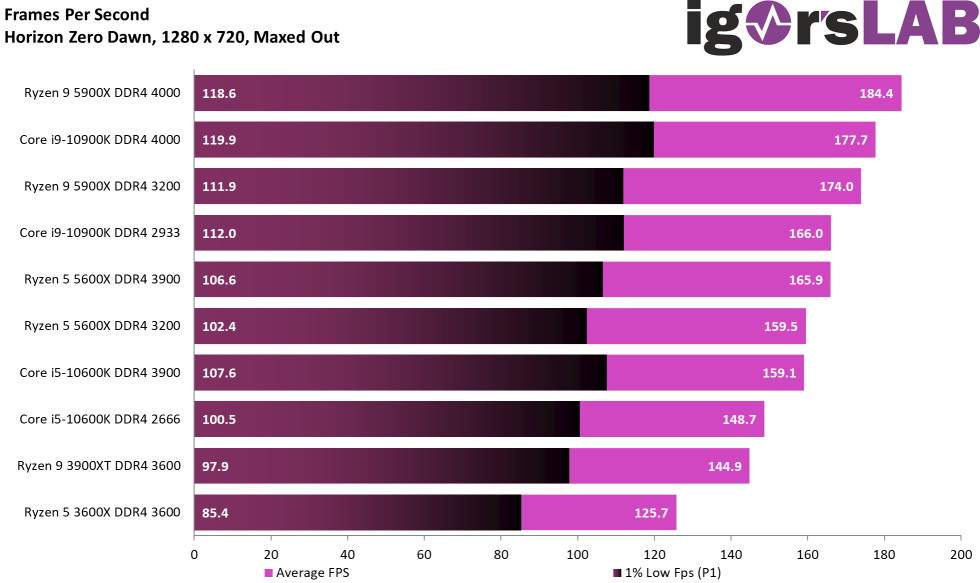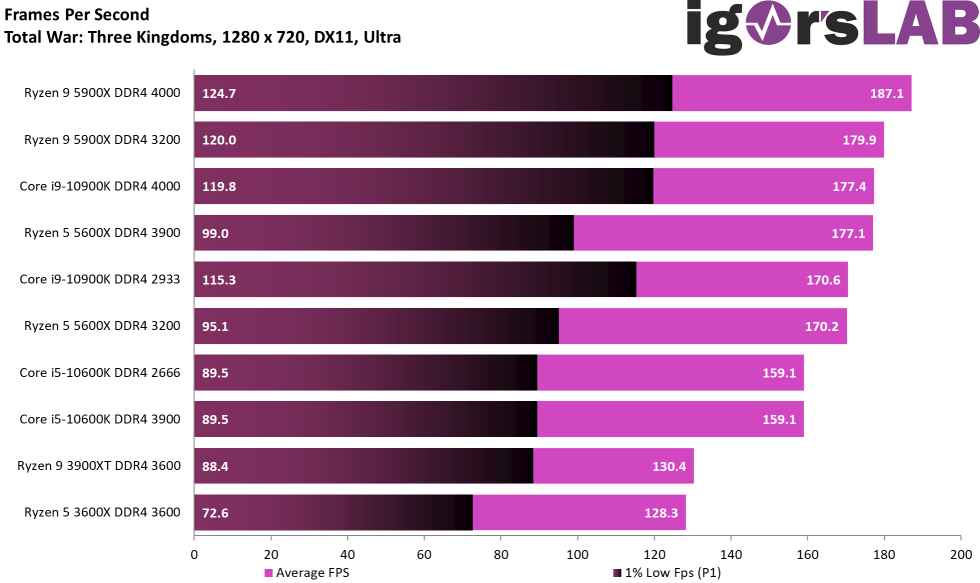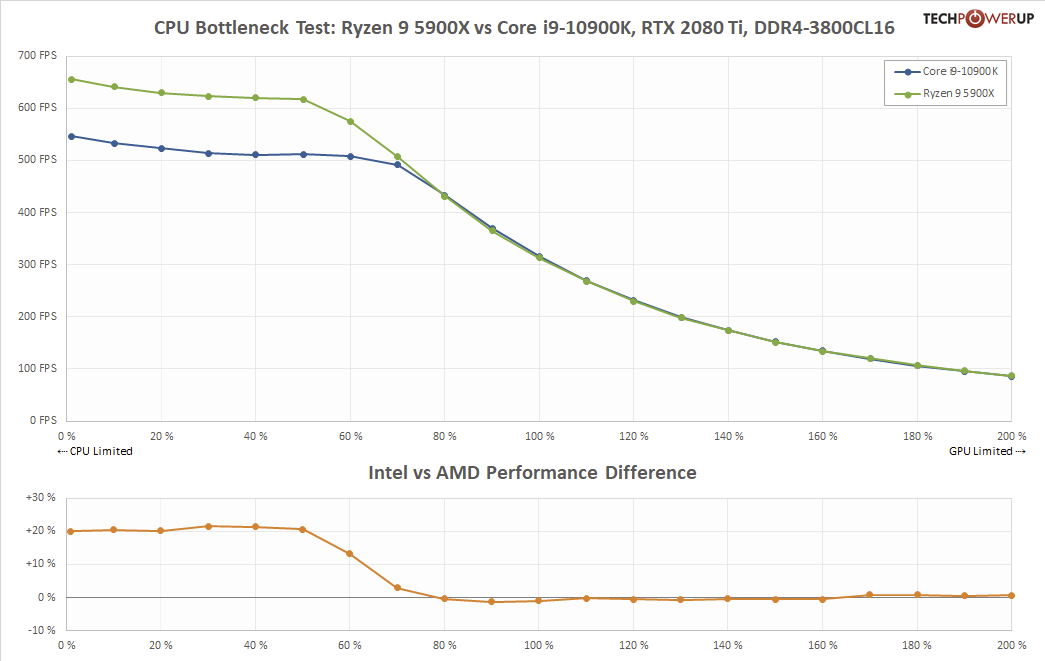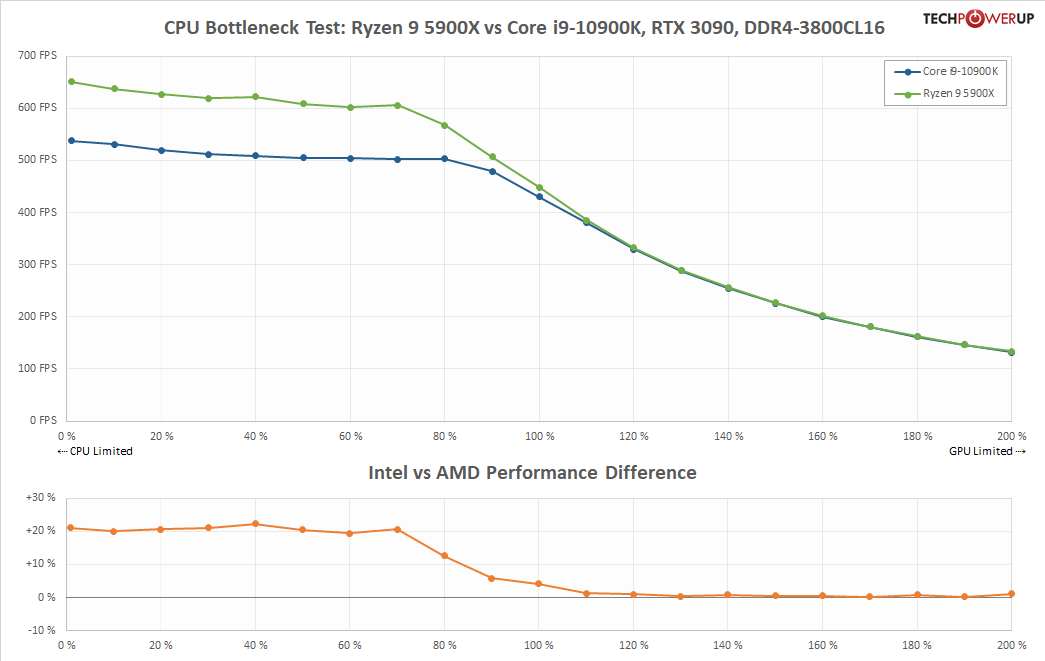shady28
Platinum Member
- Apr 11, 2004
- 2,520
- 397
- 126
The vast majority of users don't run open loop cooling. The vast majority of reviewers aren't going to use open loop coolers in their reviews. They might have a separate article/video addressing that, but they won't put it in the main review. Even when not running strictly spec, reviewers aren't going to post reviews of CPUs with hand tuned, overclocked to the brink results.
So you posted all of that and the above is all I had to read to tell that you weren't paying attention.
I was responding to a post about GN's "Highly Tuned / Overclocked 10600K VS" video. This is constantly used to show that you can't OC an Intel rig to beat Zen 3.
That is a completely false conclusion as I demonstrated. I'm *not* talking about "normal users". The guy in the video debunking GN even says this is for the 1%.
If we are talking about normal users we'd be talking about Dell and so on with plug and play settings, and Anandtech's benchmarks would be the right ones to look at.
For plug and play users, Zen 3 wins, no question and I never said it didn't.
But if you are going to DIY and you are going to OC and go for higher performance, the landscape changes quite a bit.
Bottom line is that Gamers Nexus' "highly tuned \ overclock" benchmarks are an absolute joke.
4Ghz ring bus with DDR4-3200 on a 10600K with a $700 motherboard is laughable.


